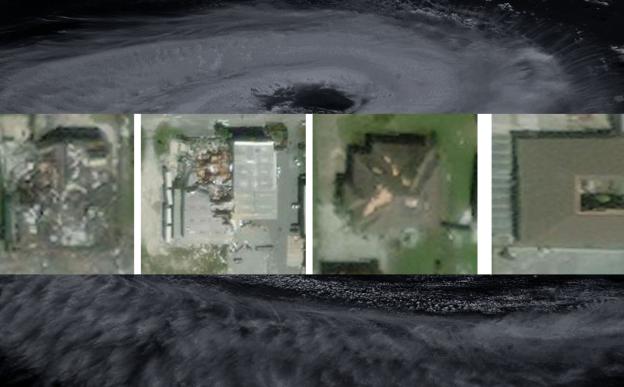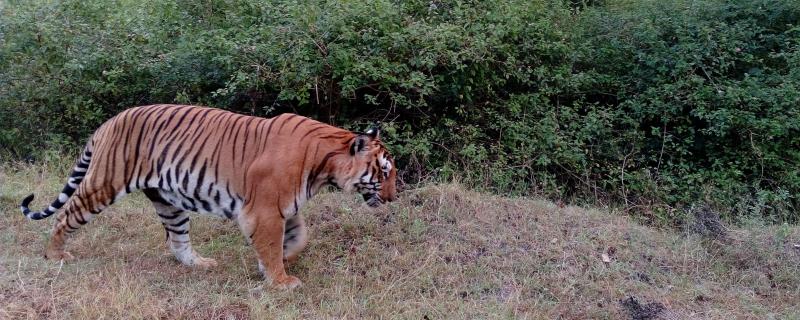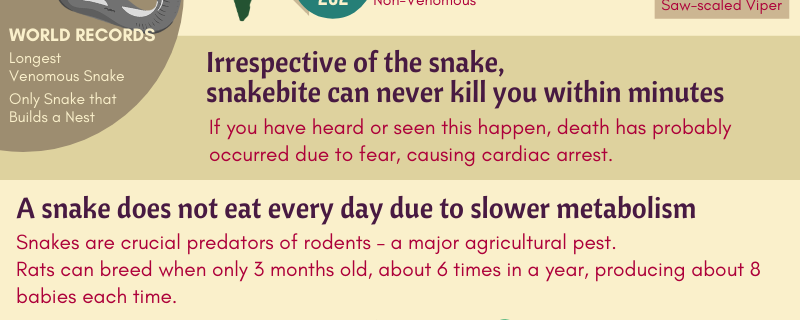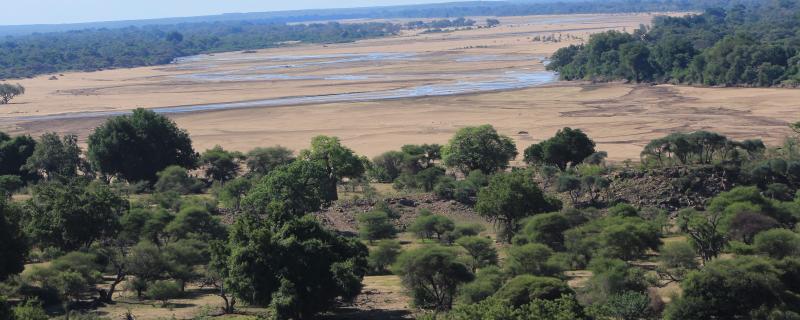Microbes live with us and among us. They occupy portions of our body and help us perform many daily bodily functions. Scientists call these microbes that live in our body the Human microbiome. In their latest research, scientists from the Centre for DNA Fingerprinting and Diagnostics and Max Planck Institute for Evolutionary Anthropology, Germany, study the salivary microbiome in Indians.
आयआयटी मुंबईद्वारे विकसित नवीन डीप-लर्निंग फ्रेमवर्क SpADANet (स्पाडानेट) मर्यादित लेबल्स वापरूनही अनेक चक्रीवादळांमधील संरचनात्मक नुकसान अधिक अचूकपणे वर्गीकृत करू शकते.
Mumbai/










